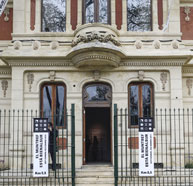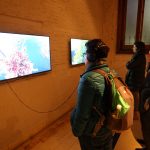-
Flower of salt

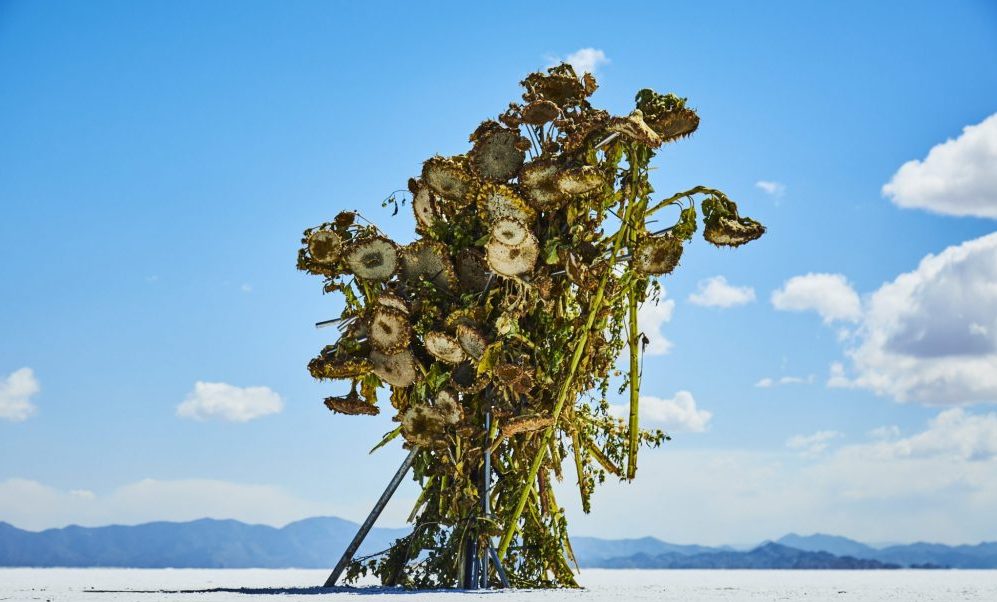
-
Flower of salt

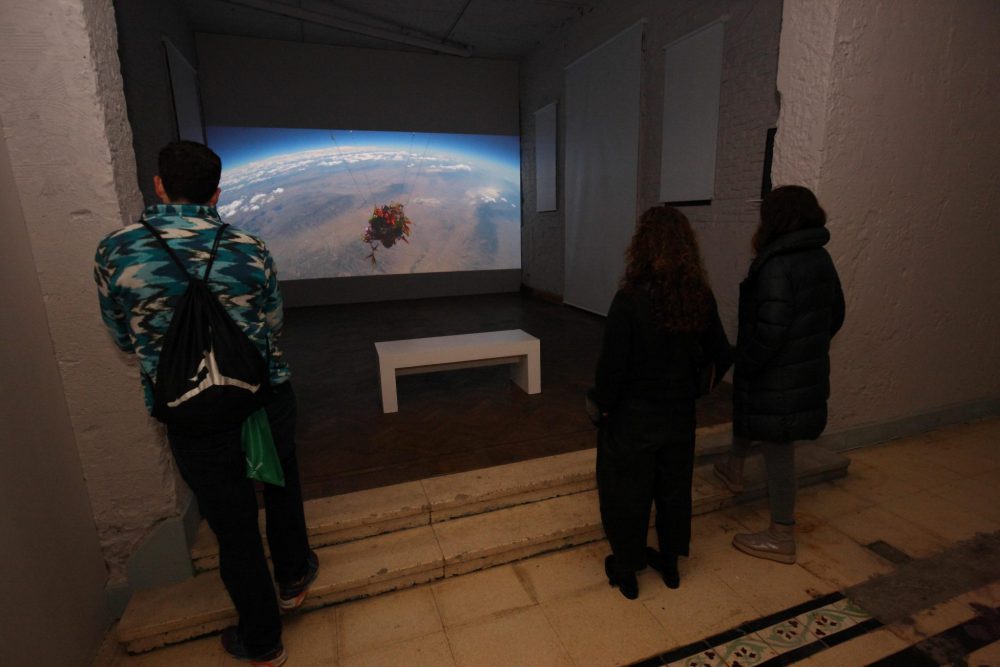
-
Flower of salt

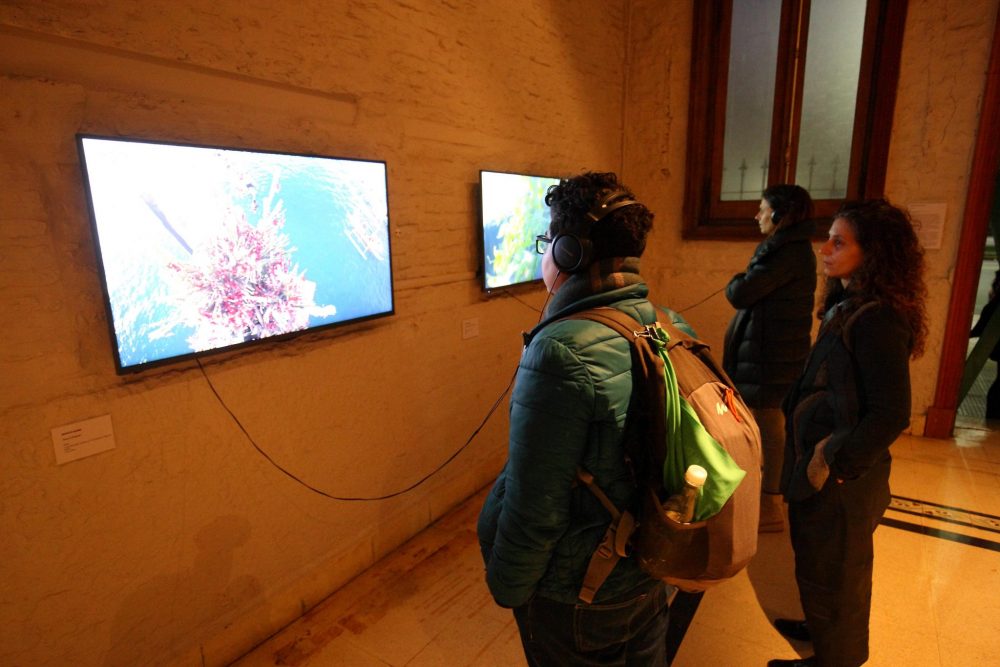
-
Since June 22nd
Makoto Azuma is a radical artist with a very particular approach to the creation of incredible landscapes and environments for his sculptures of ikebana, bonsai and flowers, which surprise even the most cynical spectator. Azuma has managed to turn the most ephemeral of all art forms, the Japanese floral arrangement, into something tangible. An assiduous student of traditional Japanese techniques, he has subverted the process by adding technology, photography, video and mind-blowing logistics that transform this decorative practice into a contemporary art form.
Far from his flower laboratory in Tokyo, Makoto Azuma imagines the ways in which his art can reach the farthest reaches of the planet, and even beyond. He has submerged a bonsai in the depths of the ocean, has sent an ikebana arrangement to space tied to a bunch of stratospheric helium balloons, and has transported huge blocks of ice to a parade of models, where he let them melt on the catwalk. He also created a parade of flower bicycles that stopped traffic in the city of São Paulo for an entire month. The intervention sowed confusion in one of the most intense cities in the world.
Its practice is highly diverse and encompasses ephemeral sculptures, acrylic objects, photography, the intervention of public spaces, performance, fashion, temporary architecture, and many ingenious social media projects. He has also created community initiatives that are activated through art and flowers in Indonesia, Japan and China.
For BIENALSUR, Azuma appropriated the idea of working with salt flats in Jujuy to create a sculpture of a sunflower. He embarked on a journey through the striking and threatening landscapes of the Jujuy desert and ended up burying his sculpture in a vein of subterranean salt. He waited a year to see her transform into a flower of salt. A metaphor for the eternal-ephemeral, life and death, durability and fragility.
His search focuses on finding a context where flowers can change our perception of a place and an environment, but more importantly, where they can alter the way people interact. Thus it recovers the real use of flowers in ancient society, taking it to a dimension where people can develop a sensitivity to the dizzying world in which we live.
Makoto Azuma is the master of cultural exchange, using the universal language of flowers to create works of art that transcend cultural barriers to illuminate the common human denominator. Our destiny is rottenness; and his works remind us of our temporal nature.
Artist: Makoto Azuma (JPN)
Since June 22nd
MUNTREF Center for Art and Nature
Wednesday to Sunday from 14:00 to 19:00 hs.
Sarmiento 2725 – CABA.
-
WORKS
Venue
Center of Art and Nature